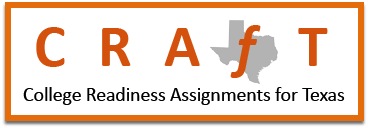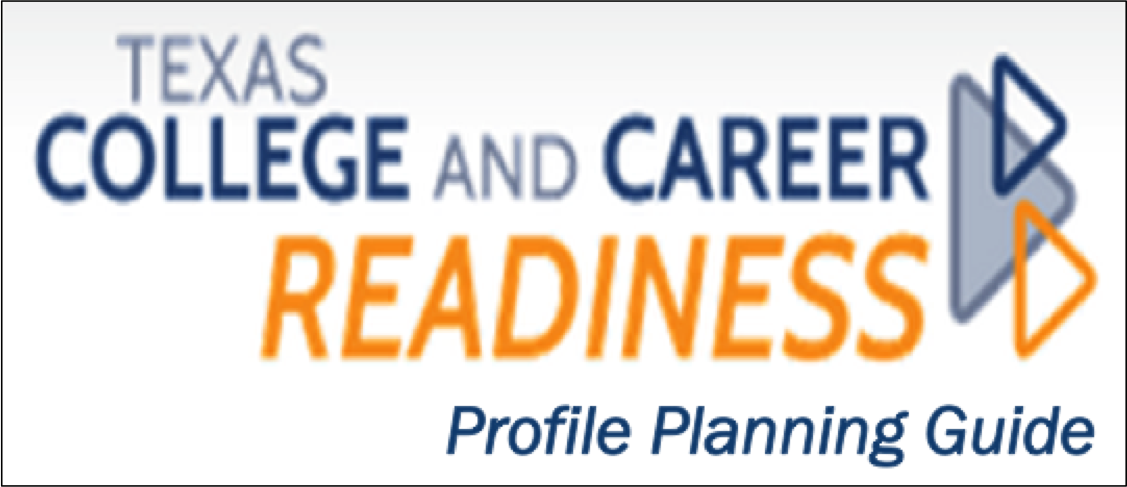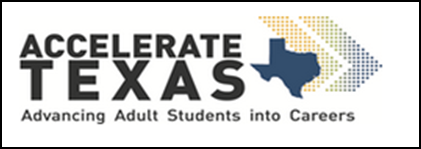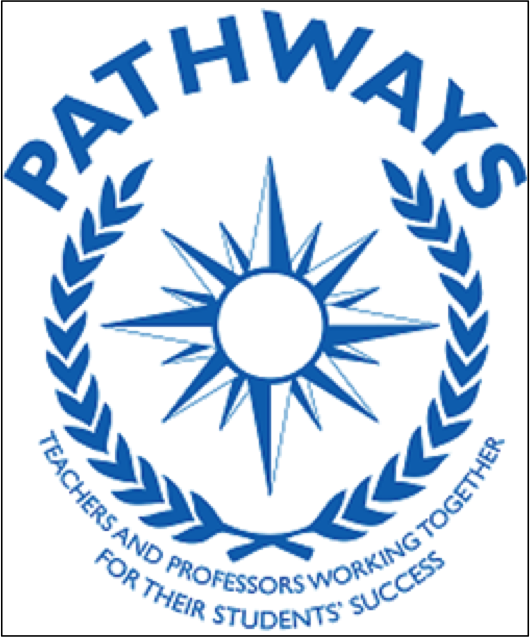Community Colleges’ Big Opportunity - Texas Gulf Coast Region Shows the Way
March 2015 | Baytown, Texas
BY: June Giddings and Dana Quittner

Faculty and school leaders from community college and school districts who participated in the Gulf Coast Partnership for Achieving Student Success (GC PASS) project are expanding the initiative to help students successfully transition from high school to college degree completion. The expansion makes the Texas Gulf Coast region a trailblazer among community colleges that are called on to play a bigger role in increasing the number of students’ earning degrees and strengthening the economy.
“College readiness and college completion are clear priorities in our region,” said Cynthia Ferrell, from the GC PASS project and Director of Student Success Initiatives at The University of Texas at Austin. The path from high school to college is messy at best, with far too many students struggling to earn a degree. More than half of new college students are required to take remedial classes, and for these students, the chances of actually graduating on time are a mere 10 percent.
“Immediately after high school graduation is the best time in a student’s whole life to go to college, said Lee College President Dr. Dennis Brown. “Timing is everything. Reviewing the data highlighted the gap demonstrating that 50 percent are unlikely to attend college. We just can’t let them miss this window of opportunity. Waiting to attend later in life makes completing college and earning a degree much harder.” Baytown’s Lee College, winner of the 2014 Texas Higher Education Star Award, is expanding the program to ten additional school district high schools within the Lee College service area and two additional subject areas: science and social science. “The Gulf Coast region made a commitment to preparing all students for college success,” director of the Lee College GC PASS program DeDe Grififfith said. “That means providing secondary and postsecondary teachers with the information and tools they need to help all students successfully earn a post-secondary credential, certificate or degree. That means we have a very inclusive process in ongoing work with our partners to increase curriculum alignment and use the alignment guides in ways that make the most sense locally. Being deliberate in creating a collaborative environment for high school and college faculty to work together is key.”
Dr. Brown encourages his fellow community college leaders to have a dedicated staff member tending to the high school to college transition. “Having someone look every single day at the community - MORE - college relationships with regional high school districts is key to success. It can’t be an added function of another job with other responsibilities, but full focus – someone who is tracking, organizing, and supporting not just what we are doing, but when and how.”
Working through GC PASS, high school and college faculty created and now are using English and math curriculum alignment guides to create a seamless sequence of lesson plans, assignments and course materials that prepare students for success in college. Many are unaware that high school teachers and college faculty rarely have an opportunity to talk, much less closely analyze data showing how students fare after graduation.
How it works: eye-opening discoveries
“The process of reviewing performance data is always eye opening for both K-12 and college educators,” Institute for Evidence-Based Change (IEBC) CEO Brad Phillips said. IEBC facilitated the K- 12 and college faculty-to-faculty work to create the guides and oversaw their production.
Upon reviewing student performance data, Texas Gulf Coast region educators observed a gap in college level expectations and the preceding lesson plans covering various facets of English and math. The discoveries emerged after a review of the state’s standards, performance data (including remediation rates) and the kinds of assignments and work given to students at each grade level. The material covered in high school was not preparing students to handle work expected of them in college.
How it works: laying the track for success
The collaborative effort helps faculty use data to keep students on track to earning degrees and out of the remediation black hole that plagues higher education. Educators from both sectors collectively review student performance data and how it aligns with lesson plans and expectations for what students should be learning and doing as they progress through their education. For example, the guides include sample assignments and grading rubrics for each level of English that teachers can adapt and integrate into their planning for the year.
“There is a clear imperative for high school and college-level teachers to connect their work and routinely monitor student performance to ensure they are on track for success. Simply having a standard in place is no assurance that higher education and K-12 teaching are aligned to the standard and to the expectations for college-level work,” said June Giddings, Houston A+ Post-Secondary Coach & GCPASS Program Coordinator.
Timely expansion
The expansion of the collaboration and alignment work and use of the guides is timely as our nation intensifies college readiness efforts and places more pressure on educators to reduce remediation and increase completion. In the new economy, jobs and businesses go where they can find skilled labor.
Based on IEBC’s experience working to achieve greater alignment between postsecondary education and K-12 education in several states, the results are well worth the effort. “The collective review of data and alignment, and application of data-based interventions leads to reduced remediation, increased college success rates and faster degree attainment,” Phillips said. “Lee College is a terrific example of an organization that is continuing the K-12 partnerships with true collaboration to ensure student success. It is exciting and immensely rewarding to watch it unfold.” The project to develop the guides was funded by the Houston Endowment. The University of Texas at Austin’s Student Success Initiative provided direction, coordination, and evaluation of the project. Houston A+ Challenge led the college awareness focus and convened three annual GC PASS Institutes to ground the guides in evidence. IEBC led data collection and analysis, developed web-based tools, facilitated curriculum alignment teams, and oversaw production of the guides.
THE INSTITUTE FOR EVIDENCE-BASED CHANGE (IEBC)
The Institute for Evidence-Based Change is a nonprofit organization dedicated to improving academic success for all students. IEBC helps education stakeholders use data and information to make informed decisions, improve practice, and increase student success. Learn more at www.iebcnow.org.
For more information, please contact: June M. Giddings (713) 658-1881, jgiddings@houstonaplus.org or Dana Quittner (619) 206-5738, dquittner@iebcnow.org


 Show Printable Version
Show Printable Version




